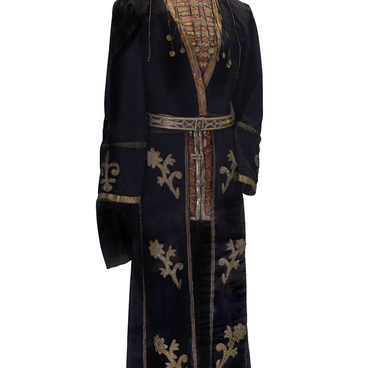The hall “Resettlement Movement” in the Museum of the History of the Resort City of Sochi presents an amazing instrument — a machine called asolop for making staves.
Coopers make barrels and other containers from wood, and the process is known as cooperage. Historically, this craft played a significant role and was widespread. Making a barrel requires wood for the body (staves), wooden and later metal hoops, and common carpentry tools such as a saw, ax, chisels, adzes, and an interesting machine called an asolop for making staves. In the past, a cooper would saw tree trunks (oak, pine, linden, birch, and other species) into logs, matching them to the height of the barrel or slightly higher. The logs were then split into narrower chips. It was essential to ensure that the chips were of uniform thickness and to split them according to the direction of the annual rings, cutting out the core, which required skill. The resulting pieces were used to create boards with a rectangular cross-section known as staves. Various methods for making staves exist, depending on the type of wood used. Additionally, factors such as shrinkage during drying and the characteristics of specific wood species had to be taken into account.
Staves were typically obtained by sawing and splitting. Barrels made from staves obtained by splitting were considered the strongest. The reasoning behind this was that during sawing, a greater number of wood fibers were cut, which compromised the future barrel’s durability. To facilitate the making of cooper’s staves, as noted in the home crafts manual by Yevgeny Fyodorov, “a special ‘cooper’s bench’ was used — a massive wooden structure on which one could sit astride, with a vice-like device mounted on top, controlled by a lever operated via the feet. The staves were clamped onto this bench and processed using various hand tools.“


